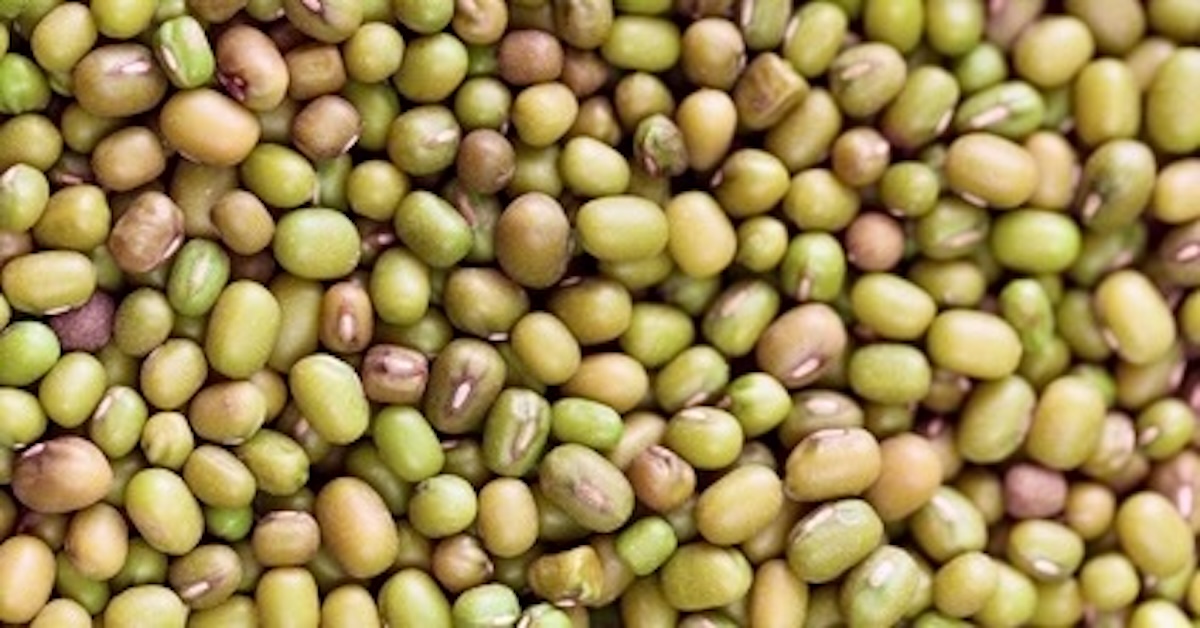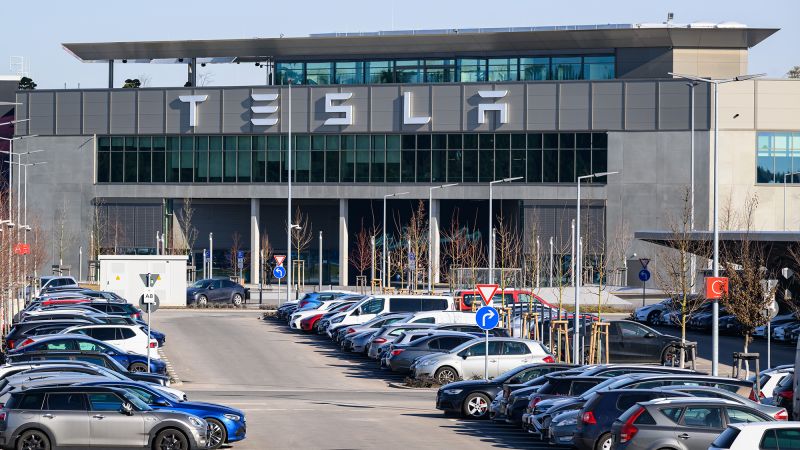Soybean Market Squeezed: Trade Tensions and Drought Conditions Trigger Price Plunge

America's soybean farmers are facing a perfect storm of economic challenges that threaten their livelihoods and the future of agricultural communities across the Midwest. Squeezed by a complex web of economic pressures, these hardworking producers are struggling to stay afloat in an increasingly hostile market landscape.
Plummeting commodity prices have dealt a devastating blow to farmers' income, while the prolonged absence of a comprehensive farm bill leaves them without critical financial support. The trade tensions sparked by former President Donald Trump's aggressive tariff policies have further complicated their ability to reach international markets, cutting off vital revenue streams.
To make matters worse, farmers are grappling with skyrocketing input costs for seeds, fertilizers, and equipment. These mounting expenses create a suffocating financial environment where profit margins have shrunk to razor-thin levels, pushing many family farms to the brink of economic survival.
The cumulative impact of these challenges represents more than just an economic downturn—it's a potential existential threat to the agricultural backbone of rural America. Without meaningful intervention and support, countless soybean farmers may be forced to abandon generations of farming tradition, fundamentally altering the economic and cultural fabric of America's heartland.








